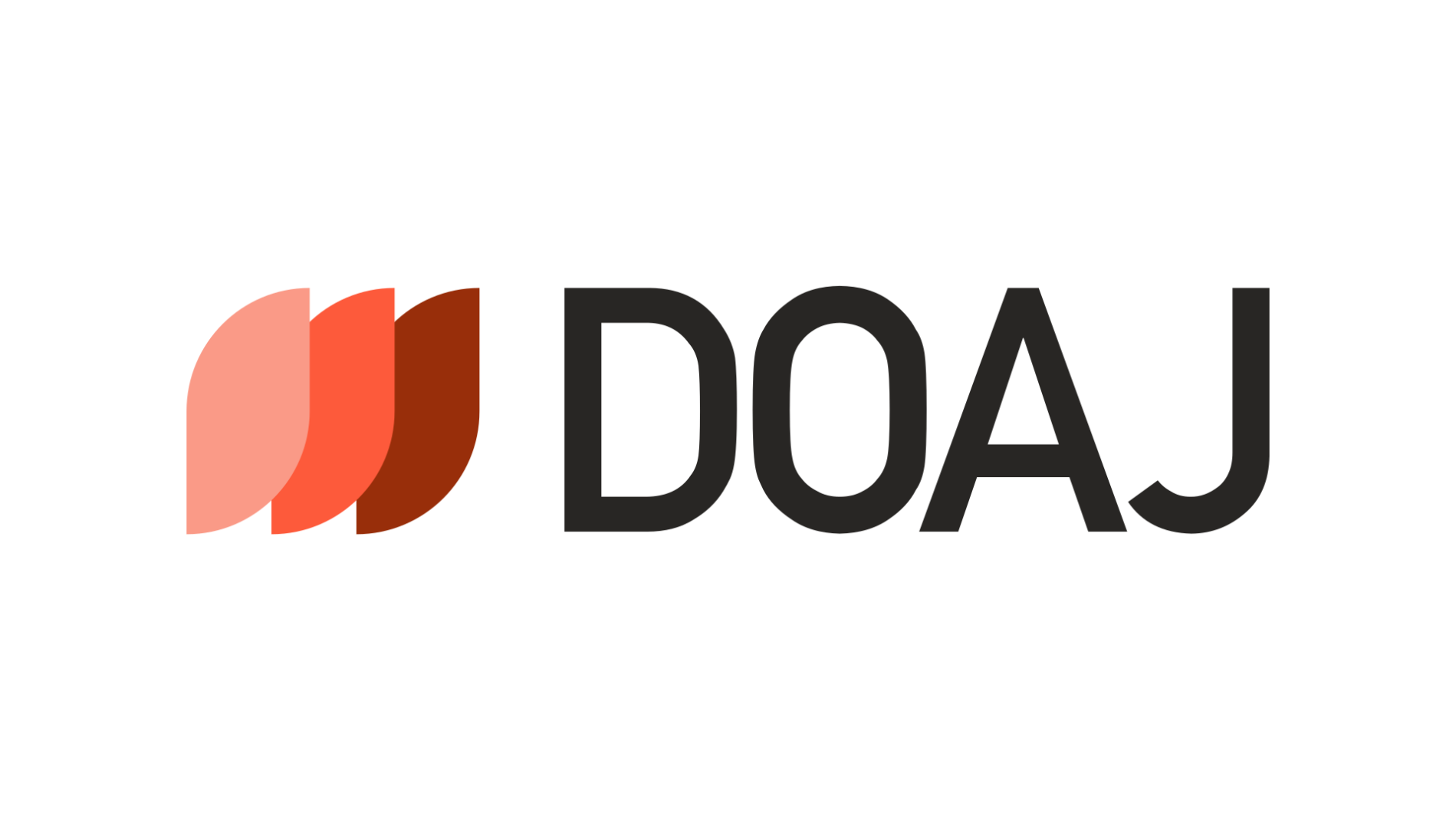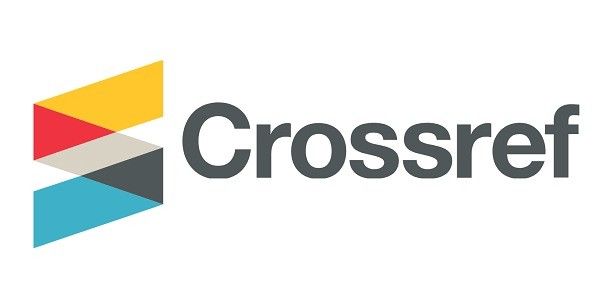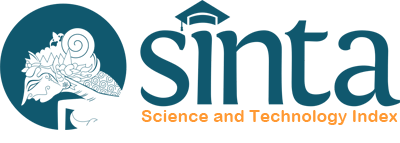Abstract
The experience of working from home (WFH) has evolved due to the COVID-19 response. A concurrent mixed-methods approach was used to assess the experiences and needs of WFH during COVID-19 pandemic across eight countries. Input concerning office workspace modifications was also explored. Participants (n = 82) were from Asia, Europe, and North America. Participants were working from home more and indicated they were somewhat satisfied with WFH and saw no change in productivity. The most common experience was feeling distracted while others experienced focus or calmness. Most participants were challenged by the lack of appropriate furniture and equipment, as well as being distracted by technology and communication. Participants most frequently used dedicated workspaces and outdoor views. They preferred workspaces with natural light, neutral colours, and natural ventilation. Participants reported better thermal comfort and air quality when compared to their pre-pandemic office but less access to necessary equipment, collaboration, and communication. WFH during the pandemic challenged how people worked and shifted their experience of home interiority. The key outcomes show support for hybrid work options as well as design strategies offered for accommodating home offices in the future.
Publication Date
1-30-2023
References
Alimoglu, M. K., & Donmez, L. (2005). Daylight exposure and the other predictors of burnout among nurses in a university hospital. International Journal of Nursing Studies, 42(5), 549–555.https://doi.org/10.1016/j.ijnurstu.2004.09.001
Aviv, D., Chen, K. W., Teitelbaum, E., Sheppard, D., Pantelic, J., Rysanek, A., & Meggers, F. (2021). A fresh (air) look at ventilation for COVID-19: Estimating the global energy savings potential of coupling natural ventilation with novel radiant cooling strategies. Applied Energy, 292, 116848.https://doi.org/10.1016/j.apenergy.2021.116848
Beute, F., & de Kort, Y. A. W. (2014). Salutogenic effects of the environment: Review of health protective effects of nature and daylight. Applied Psychology: Health and Well-Being, 6(1), 67–95. https://doi.org/10.1111/aphw.12019
Biron, M., & Van Veldhoven, M. (2016). When control becomes a liability rather than an asset: Comparing home and office days among part-time teleworkers. Journal of Organisational Behaviour, 37(8), 1317–1337. https://doi.org/10.1002/job.2106
Castrillon, C. (2022, March 23). Why flexible work boosts employee productivity. Forbes.https://www.forbes.com/sites/carolinecastrillon/2022/03/23/why-flexible-work-boosts-employee-productivity/
Chung, H., Birkett, H., Forbes, S., & Seo, H. (2021). COVID-19, flexible working, and implications for gender equality in the United Kingdom. Gender & Society, 35(2), 218–232.https://doi.org/10.1177/08912432211001304
Como, R., Hambley, L., & Domene, J. (2021). An exploration of work-life wellness and remote work during and beyond COVID-19. Canadian Journal of Career Development, 20(1), 45–56.https://cjcd-rcdc.ceric.ca/index.php/cjcd/article/view/92
Eurofound. (2020). Living, working and COVID-19. Publications Office of the European Union.https://data.europa.eu/doi/10.2806/467608
Felstead, A., & Henseke, G. (2017). Assessing the growth of remote working and its consequences for effort, well-being and work-life balance. New Technology, Work and Employment, 32(3), 195–212. https://doi.org/10.1111/ntwe.12097
Fonner, K. L., & Roloff, M. E. (2010). Why teleworkers are more satisfied with their jobs than are office-based workers: When less contact is beneficial. Journal of Applied Communication Research, 38(4), 336–361. https://doi.org/10.1080/00909882.2010.513998
Gallup. (2017). State of the American workplace. Gallup.
Garrote Sanchez, D., Gomez Parra, N., Ozden, C., Rijkers, B., Viollaz, M., & Winkler, H. (2021). Who on earth can work from home? The World Bank Research Observer, 36(1), 67–100.https://doi.org/10.1093/wbro/lkab002
Gray, T., & Birrell, C. (2014). Are biophilic-designed site office buildings linked to health benefits and high performing occupants? International Journal of Environmental Research and Public Health, 11(12), 12204–12222. https://doi.org/10.3390/ijerph111212204
Hartig, T., Mitchell, R., de Vries, S., & Frumkin, H. (2014). Nature and health. Annual Review of Public Health, 35(1), 207–228. https://doi.org/10.1146/annurev-publhealth-032013-182443
Heerwagen, J. H., & Orians, G. H. (1986). Adaptations to windowlessness: A study of the use of visual decor in windowed and windowless offices. Environment and Behavior, 18(5), 623–639.https://doi.org/10.1177/0013916586185003
Hertel, G., Geister, S., & Konradt, U. (2005). Managing virtual teams: A review of current empirical research. Human Resource Management Review, 15(1), 69–95.https://doi.org/10.1016/j.hrmr.2005.01.002
Hill, E. J., Ferris, M., & Märtinson, V. (2003). Does it matter where you work? A comparison of how three work venues (traditional office, virtual office, and home office) influence aspects of work and personal/family life. Journal of Vocational Behavior, 63(2), 220–241.https://doi.org/10.1016/S0001-8791(03)00042-3
Hsieh, H.-F., & Shannon, S. E. (2005). Three approaches to qualitative content analysis. Qualitative Health Research, 15(9), 1277–1288. https://doi.org/10.1177/1049732305276687
International Labour Organization. (2020, May 7). Working from home: Estimating the worldwide potential. International Labour Organization. https://www.ilo.org/global/topics/non-standard-employment/publications/WCMS_743447/lang--en/index.htm
Ipsen, C., Van Veldhoven, Kirchner, K., & Hansen, J. P. (2021). Six key advantages and disadvantages of working from home in Europe during COVID-19. International Journal of Environmental Research and Public Health, 18(4), 1826. https://doi.org/10.3390/ijerph18041826
Jamrozik, A., Clements, N., Hasan, S. S., Zhao, J., Zhang, R., Campanella, C., Loftness, V., Porter, P., Ly, S., Wang, S., & Bauer, B. (2019). Access to daylight and view in an office improves cognitive performance and satisfaction and reduces eyestrain: A controlled crossover study. Building and Environment, 165. https://doi.org/10.1016/j.buildenv.2019.106379
Joshi, S. G., Barde, S., Chavan, R., Dumbre, D., Ligade, T., Shinde, R., & Desai, S. C. (2020). Challenges faced by working population during lockdown in response to corona virus outbreak. Indian Journal of Forensic Medicine & Toxicology, 14(4), 3750–3756.https://doi.org/10.37506/ijfmt.v14i4.12214
Kaplan, S. (1995). The restorative benefits of nature: Toward an integrative framework. Journal of Environmental Psychology, 15(3), 169–182. https://doi.org/10.1016/0272-4944(95)90001-2
Kniffin, K. M., Narayanan, J., Anseel, F., Antonakis, J., Ashford, S. P., Bakker, A. B., Bamberger, P., Bapuji, H., Bhave, D. P., Choi, V. K., Creary, S. J., Demerouti, E., Flynn, F. J., Gelfand, M. J., Greer, L. G., Johns, G., Kesebir, S., Klein, P. G., Lee, S. Y., … Vugt, M. v. (2021). COVID-19 and the workplace: Implications, issues, and insights for future research and action. American Psychologist, 76(1), 63–77. http://dx.doi.org/10.1037/amp0000716
Kurland, N. B., & Bailey, D. E. (1999). Telework: The advantages and challenges of working here, there, anywhere, and anytime. Organizational Dynamics, 28(2), 53–68.https://doi.org/10.1016/S0090-2616(00)80016-9
Leather, P., Pyrgas, M., Beale, D., & Lawrence, C. (1998). Windows in the workplace: Sunlight, view, and occupational stress. Environment and Behavior, 30(6), 739–762.https://doi.org/10.1177/001391659803000601
Leesman. (2019). The workplace experience revolution. Part 2: Do new workplaces work. Leesman Limited. https://www.leesmanindex.com/media/Leesman-EwX-P2-Second-Digital-Edition.pdf
Leroy, S., Schmidt, A. M., & Madjar, N. (2021). Working from home during COVID-19: A study of the interruption landscape. Journal of Applied Psychology, 106(10), 1448–1465.https://doi.org/10.1037/apl0000972
McGee, B., Park, N., Portillo, M., Bosch, S., & Swisher, M. (2019). DIY biophilia: Development of the Biophilic Interior Design Matrix as a design tool. Journal of Interior Design, 44(4), 201–221.https://doi.org/10.1111/joid.12159
Mihalca, L., Irimias, T., & Brendea, G. (2021). Teleworking during the COVID-19 pandemic: Determining factors of perceived work productivity, job performance, and satisfaction. Amfiteatru Economic, 23(58), 620–636. https://doi.org./10.24818/EA/2021/58/620
Najeeb, S. S., & George, L. S. (2022). Experiences and challenges faced by the working population during COVID-19 lockdown: A qualitative study. Journal of Family Medicine and Primary Care, 11(2), 660–666. https://doi.org/10.4103/jfmpc.jfmpc_1483_21
O'Kane, P., Walton, S., & Ruwhiu, D. (2020). Remote working during COVID19. New Zealand national survey: Initial Report July 2020. Work Futures Otago Group.https://doi.org/10.13140/RG.2.2.18753.58720
Russo, D., Hanel, P. H. P., Altnickel, S., & van Berkel, N. (2021). Predictors of well-being and productivity among software professionals during the COVID-19 pandemic—a longitudinal study. Empirical Software Engineering, 26, 62. https://doi.org/10.1007/s10664-021-09945-9
Samuel, S., & Kahn, S. (2020). Work from home: Challenges during lockdown. Research Horizons, 10, 21–31.
Saragih, S., Setiawan, S., Markus, T., & Rhian, P. (2021). Benefits and challenges of telework during the COVID-19 pandemic. International Research Journal of Business Studies, 14(2), 129–135.https://doi.org/10.21632/irjbs.14.2.129-135
Society for Human Resource Management. (2016). Employee job satisfaction and engagement: Revitalising a changing workforce. Society for Human Resource Management (SHRM).
Steelcase. (2022). The new era of hybrid work: It's time to give people what they want. Steelcase.https://www.steelcase.com/content/uploads/2022/03/2022_SC_GlobalReport_Final.pdf
Ulrich, R. S. (1983). Aesthetic and affective response to natural environment. In I. Altman & J. F. Wohlwill (Eds.), Behavior and the natural environment (pp. 85–125). Springer.https://doi.org/10.1007/978-1-4613-3539-9_4
Ulrich, R., Simons, R., Losito, B. D., Fiorito, E., Miles, M. A., & Zelson, M. (1991). Stress recovery during exposure to natural and urban environments. Journal of Environmental Psychology, 11(3), 201–230. https://doi.org/10.1016/S0272-4944(05)80184-7
Verma, S. K., Kumar, B. D., Singh, N., Kumari, P., Ranjan, M., & Verma, A. (2021). The impact of COVID-19 induced factors on "work from home" of employees. Journal of Pharmacy & Bioallied Sciences, 13(Suppl 2), S1000–S1002.
Xiao, Y., Becerik-Gerber, B. D., Lucas, G., & Roll, S. C. (2021). Impacts of working from home during COVID-19 pandemic on physical and mental well-being of office workstation users. Journal of Occupational and Environmental Medicine, 63(3), 181–190.https://doi.org/10.1097/JOM.0000000000002097
Zahn, G. L. (1991). Face-to-face communication in an office setting: The effects of position, proximity, and exposure. Communication Research, 18(6), 737–754.https://doi.org/10.1177/009365091018006002
Submitted Date
2022-09-29
Accepted Date
2023-01-23
First Page
91
Last Page
114
Recommended Citation
McGee, B. L., Couillou, R. J., & Maalt, K. (2023). Work from Home: Lessons Learned and Implications for Post-pandemic Workspaces. Interiority, 6 (1), 91-114. https://doi.org/10.7454/in.v6i1.259
Creative Commons License

This work is licensed under a Creative Commons Attribution-NonCommercial 4.0 International License
Author(s) retain the copyright of articles published in this journal, with first publication rights granted to Interiority.






